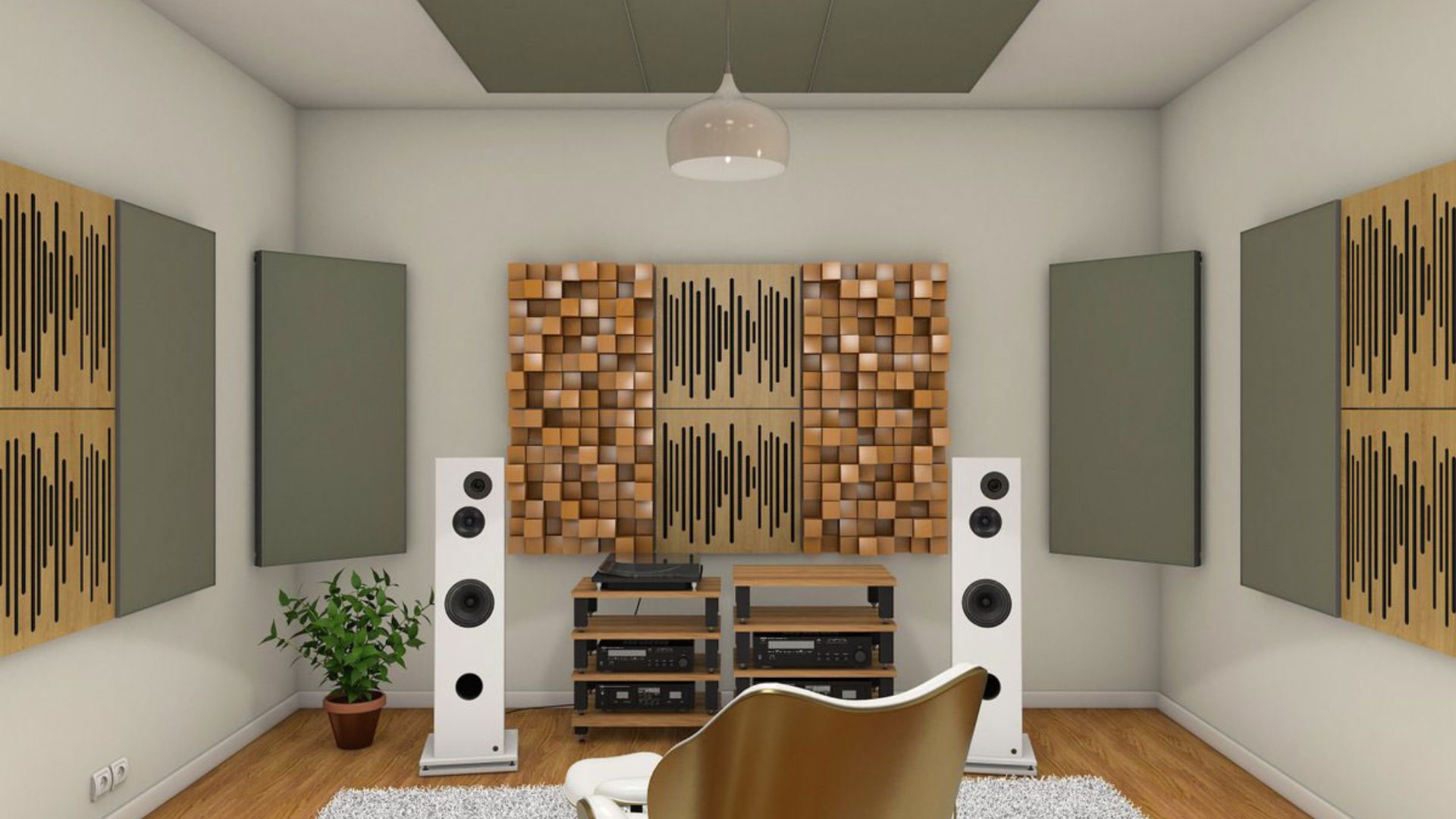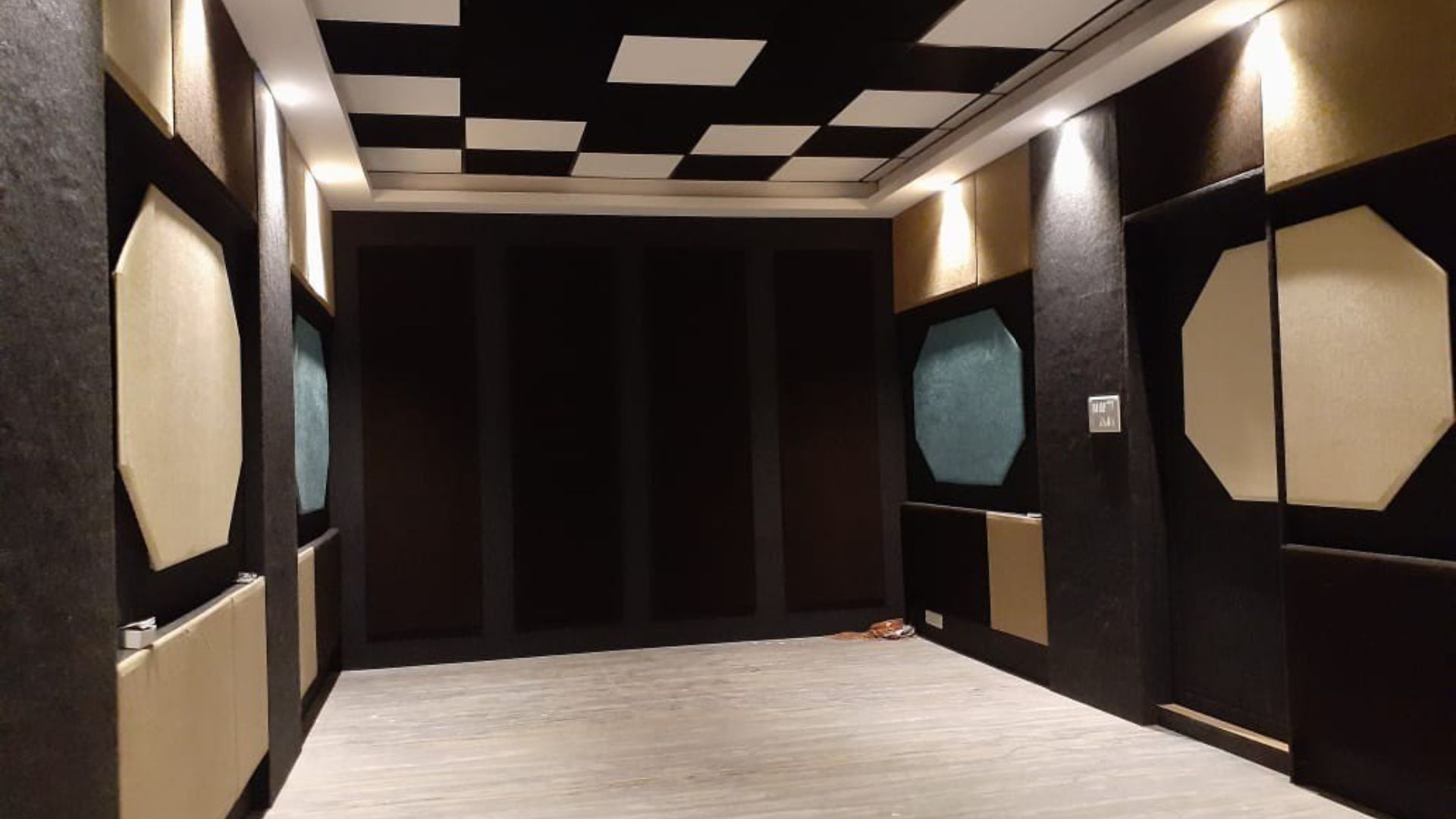
Introduction
In our increasingly noisy world, peace and quiet can often seem elusive. Whether it’s the hum of traffic, the din of industrial machinery, or the buzz of open office spaces, noise pollution is a pervasive issue that impacts our health and productivity. Enter Noise Control Panels: a scientific solution designed to combat unwanted sound and restore tranquility to our environments.

Understanding Noise Pollution
Noise pollution, defined as harmful or annoying levels of noise, affects millions of people daily. The consequences of prolonged exposure to high noise levels are significant, including hearing loss, increased stress, sleep disturbances, and impaired cognitive function. In workplaces, noise can reduce productivity and increase the likelihood of errors, while in residential areas, it can diminish the quality of life.
The Role of Noise Control Panel
Noise control panel, also known as acoustic panels, are specially designed structures that absorb and dampen sound waves, thereby reducing noise levels in a given space. These panels are utilized in various settings, from recording studios and concert halls to offices, factories, and even homes. By understanding the science behind these panels, we can appreciate how they effectively quiet the chaos around us.
The Science of Sound
To grasp how noise control panel work, it’s essential to understand the basics of sound. Sound travels in waves, and when these waves encounter a surface, they can be reflected, absorbed, or transmitted. The effectiveness of a noise control panel lies in its ability to absorb and dampen sound waves, preventing them from reflecting back into the environment and reducing the overall noise level.
Materials and Design
The materials and design of noise control panel are crucial to their functionality. Typically, these panels are made from porous materials such as fiberglass, foam, or mineral wool, which are excellent at absorbing sound waves. The structure of these materials allows sound waves to enter and become trapped, converting the sound energy into a small amount of heat through friction.
Moreover, the design of noise control panel often includes a combination of these materials to maximize their acoustic performance. Panels can vary in thickness, density, and surface texture, each factor contributing to how well they can absorb different frequencies of sound. Thicker and denser panels are generally better at absorbing lower frequencies, while lighter, more porous materials are effective at higher frequencies.
Mechanisms of Noise Reduction
Absorption
Absorption is the primary mechanism by which noise control panel reduce sound levels. When sound waves hit an acoustic panel, the porous material disrupts the waves, causing them to lose energy. This energy is converted into heat through the movement of air particles within the material, effectively dampening the sound.
Diffusion
In addition to absorption, some noise control panels are designed to diffuse sound. Diffusion refers to the scattering of sound waves, breaking them up and reducing their intensity. This is particularly useful in spaces where a uniform distribution of sound is desired, such as in recording studios or performance venues.
Resonance
Certain noise control panel are also engineered to target specific frequencies through resonance. These panels, known as resonant absorbers, are tuned to resonate at particular frequencies, effectively absorbing sound waves that match their resonant frequency. This can be particularly beneficial in environments where specific problematic frequencies need to be addressed.
Applications and Benefits
The applications of noise control panel are vast and varied. In workplaces, they can significantly enhance productivity by creating a quieter, more focused environment. In industrial settings, they help protect workers’ hearing and reduce the risk of accidents. In residential areas, they contribute to a more peaceful living space, improving overall well-being.
Beyond health and productivity benefits, noise control panel also enhance acoustic quality. In spaces designed for music and performance, they can dramatically improve sound clarity and richness. In offices and classrooms, they enhance speech intelligibility, making communication more effective.

Conclusion
Noise control panel represent a sophisticated and effective solution to the pervasive issue of noise pollution. Through the principles of absorption, diffusion, and resonance, these panels can transform noisy environments into havens of tranquility. As we continue to grapple with the challenges of modern living, the science behind noise control panel offers a promising avenue for quieting the chaos and reclaiming peace in our daily lives.



